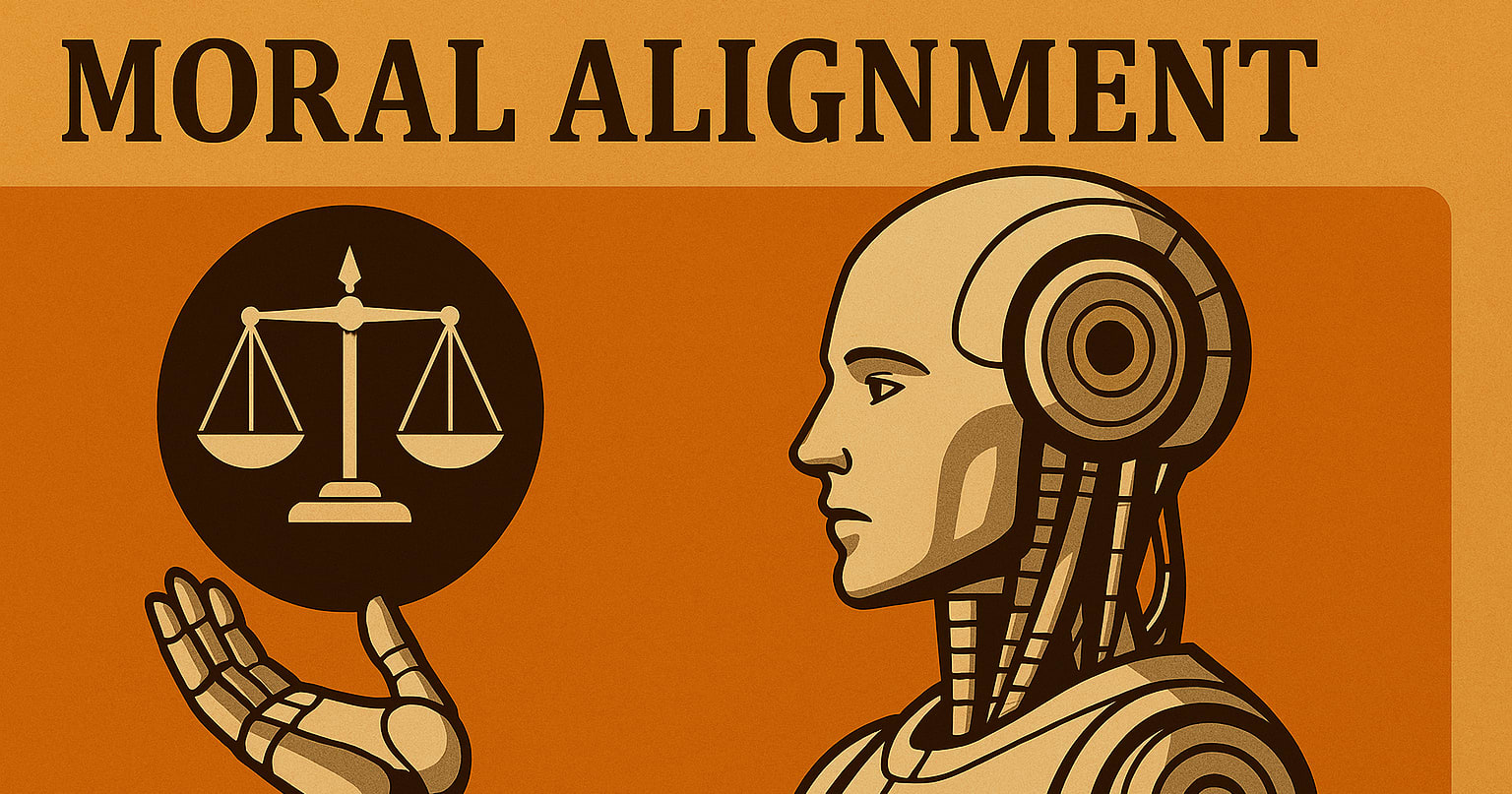We are excited to announce the launch of Animal Advocacy Careers (AAC). Our mission is to address the career and talent bottlenecks in the effective animal advocacy (EAA) community. The EAA community is the overlap of the animal advocacy and effective altruism communities, focused on how we can most effectively help animals. AAC has been incubated through the Charity Entrepreneurship programme.
The problem
Among other bottlenecks, it seems likely that the impact of organisations in the EAA community is limited by a lack of expertise in particular areas and that the community’s expertise could be more efficiently allocated.
AAC’s survey and interviews with 10 CEO’s and hiring professionals from some of the “top” or “standout” charities currently or formerly recommended by Animal Charity Evaluators and a short survey of 9 attendees of Effective Altruism Global show that this perception is shared more widely in the EAA community. A lack of leadership and management expertise seems to be a common concern; this issue has also been highlighted in the wider effective altruism community.
There is a lack of high-quality research into these career and talent bottlenecks, making it difficult to assess the size of the problem and the extent of its impact on the community. Examples of the likely consequences of these existing bottlenecks include that:
- Organisations may grow more slowly. High impact animal organisations often have roles open for a number of months while they look for candidates, leaving important work not done.
- Organisations may make lower quality hires, leading to inefficiencies.
- High-impact programmes may be deprioritised. For example, organisations may choose to focus on areas where they can identify promising candidates over high-priority areas like China and India.
Neglectedness
Animal Charity Evaluators estimated that the US farmed animal movement spends only 2.5% of its resources on capacity building. Capacity building also seems to be neglected in the EAA community more specifically; EAA organisations have so far engaged in fairly specific sorts of capacity building work, and wider EA organisations such as 80,000 Hours and the Centre for Effective Altruism do not prioritise EAA as much as some other cause areas.
Tractability
Current members of the EAA community seem optimistic about the implementation of training programmes targeted at specific talent bottlenecks. Initial research (forthcoming) by AAC also suggests that this sort of intervention may be effective. A meta-analysis found significant, medium effect sizes of training on behavioural outcomes in organisations. More broadly, 80,000 hours seems to have had success in addressing career and talent bottlenecks in the effective altruism community; similar interventions focusing specifically on the EAA community seem tractable.
However, there has been little research on the cost-effectiveness of these interventions in the context of the farmed animal and wild animal welfare movements, which are the main focuses of the EAA community.
Initial priorities
Existing research does not provide strong evidence of which interventions will be most cost-effective for addressing the talent and careers bottlenecks in the EAA community. Therefore, AAC’s initial priority is to better understand the costs and effects of various intervention types.
Between January and October 2020, we plan to test three different intervention types:
- Training programmes for the employees of organisations in the EAA community,
- Training programmes for individuals not currently employed by animal advocacy organisations, to support them to secure and excel in EAA roles, and
- The publication of resources that aggregate evidence and advice on how to enter and excel in roles in animal advocacy.
These interventions will be run on a small scale, with our priority being high-quality monitoring and impact evaluation. We will focus our initial tests on addressing the gaps in management and leadership expertise that organisations in the EAA community are currently facing. This seems to be one of the most urgent bottlenecks (see “The problem” above) and we hope that this narrow focus will improve the internal reliability of our findings. We will publish research and evaluation results in the hope that this might be able to support those seeking to implement similar interventions in other contexts.
Future plans
Depending on the results of these initial tests, later in 2020, we expect that we will switch our focus to one or more of the following:
- Improving and scaling up any interventions that we expect to be cost-effective,
- Evaluating the costs and effects of these interventions for addressing other talent bottlenecks in the EAA community, or
- Evaluating the costs and effects of other intervention types for addressing gaps in management and leadership expertise.
Follow our work
You can stay up to date with the services that AAC plans to offer, as well as our research findings, by signing up to our newsletter.




Hi Lauren, this is Niel from 80,000 Hours. We've already discussed this over email, but I'm excited that new organisations are being set up in this space. 80,000 Hours has limited resources and is not planning on increasing the amount we invest in improving our advice for animal advocates in the near term. I'm hopeful that Animal Advocacy Careers will be able to better serve the animal advocacy community than we can. Best of luck with the project!
This is such a nice welcoming! Great that 80K is supporting this project, it is very much needed in the animal space.